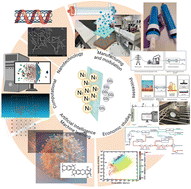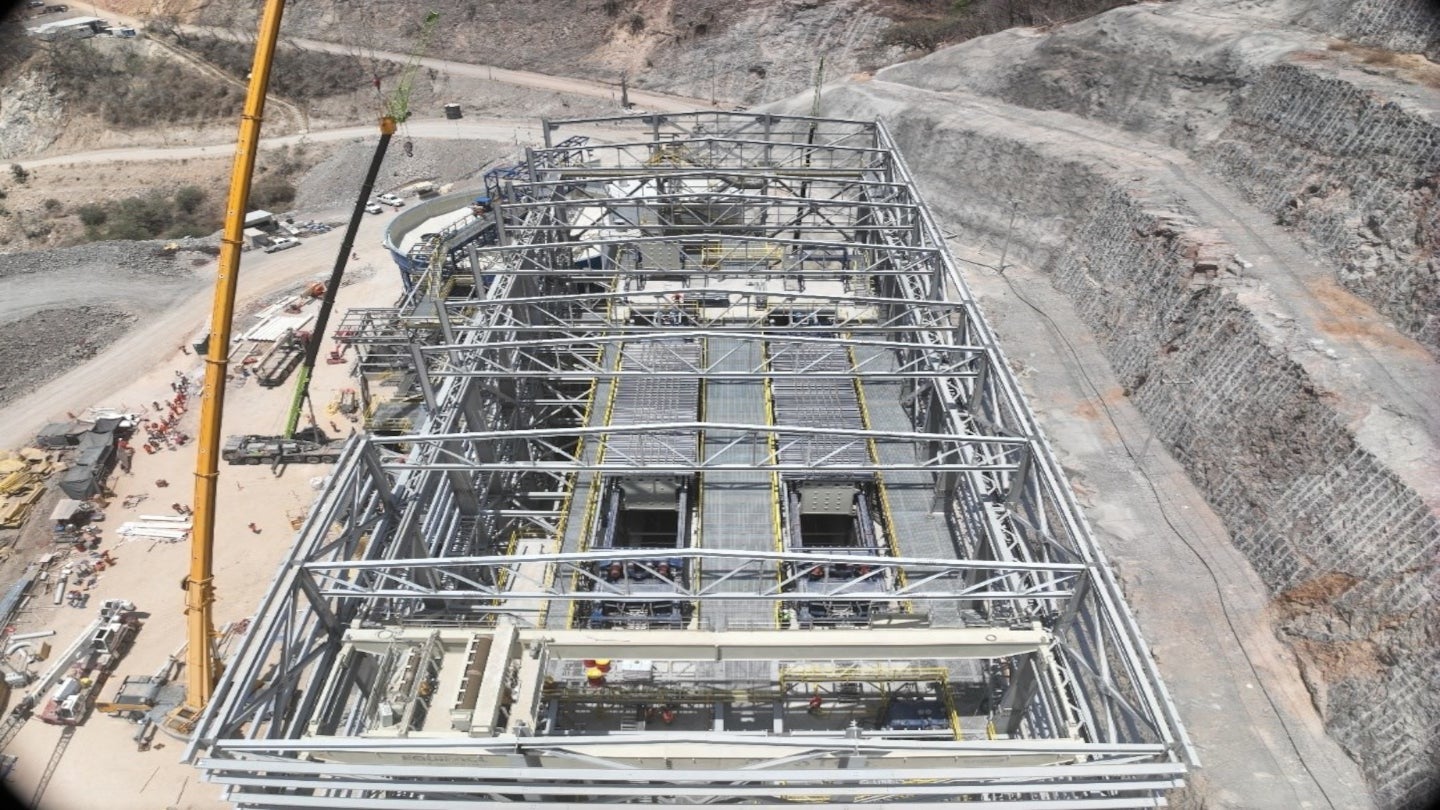Removing facial features from structural MRI images biases visual quality assessment
by Céline Provins, Élodie Savary, Thomas Sanchez, Emeline Mullier, Jaime Barranco, Elda Fischi-Gómez, Yasser Alemán-Gómez, Jonas Richiardi, Russell A. Poldrack, Patric Hagmann, Oscar Esteban A critical step before data-sharing of human neuroimaging is removing facial features to protect individuals’ privacy. However, not only does this process redact identifiable information about individuals, but it also removes non-identifiable information. This introduces undesired variability into downstream analysis and interpretation. This registered report investigated the degree to which the so-called defacing altered the quality assessment of T1-weighted images of the human brain from the openly available “IXI dataset”. The effect of defacing on manual quality assessment was investigated on a single-site subset of the dataset (N = 185). By comparing two linear mixed-effects models, we determined that four trained human raters’ perception of quality was significantly influenced by defacing by modeling their ratings on the same set of images in two conditions: “nondefaced” (i.e., preserving facial features) and “defaced”. In addition, we investigated these biases on automated quality assessments by applying repeated-measures, multivariate ANOVA (rm-MANOVA) on the image quality metrics extracted with MRIQC on the full IXI dataset (N = 581; three acquisition sites). This study found that defacing altered the quality assessments by humans and showed that MRIQC’s quality metrics were mostly insensitive to defacing.
by Céline Provins, Élodie Savary, Thomas Sanchez, Emeline Mullier, Jaime Barranco, Elda Fischi-Gómez, Yasser Alemán-Gómez, Jonas Richiardi, Russell A. Poldrack, Patric Hagmann, Oscar Esteban A critical step before data-sharing of human neuroimaging is removing facial features to protect individuals’ privacy. However, not only does this process redact identifiable information about individuals, but it also removes non-identifiable information. This introduces undesired variability into downstream analysis and interpretation. This registered report investigated the degree to which the so-called defacing altered the quality assessment of T1-weighted images of the human brain from the openly available “IXI dataset”. The effect of defacing on manual quality assessment was investigated on a single-site subset of the dataset (N = 185). By comparing two linear mixed-effects models, we determined that four trained human raters’ perception of quality was significantly influenced by defacing by modeling their ratings on the same set of images in two conditions: “nondefaced” (i.e., preserving facial features) and “defaced”. In addition, we investigated these biases on automated quality assessments by applying repeated-measures, multivariate ANOVA (rm-MANOVA) on the image quality metrics extracted with MRIQC on the full IXI dataset (N = 581; three acquisition sites). This study found that defacing altered the quality assessments by humans and showed that MRIQC’s quality metrics were mostly insensitive to defacing.























































































































































